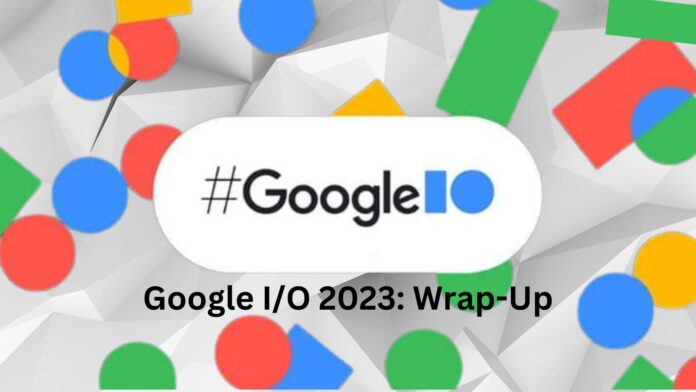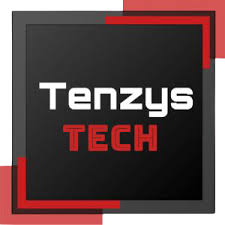The search and internet advertising company made an array of announcements during its developer conference on Google I/O 2023 keynote day, including many unveilings of current projects it has been working on.
The Tenzys Tech team took on this challenge and provided story after story on new products and features since we understood that you didn’t always have time to view a two-hour presentation. Here, we provide you with concise summaries of the most significant announcements made during the keynote address, all in one list that is simple to read and look over. Let’s begin:
Google Maps

In a few cities, Google Maps has introduced a new “Immersive View for Routes” function. The new tool consolidates all the data a user could want in one location, including information on bike lanes, complicated junctions, parking, and more. Read More
Magic Editor and Magic Compose

Google’s Magic Editor feature is now AI-powered for more complex edits in specific parts of the photos, such as the foreground or background, and can fill in any gaps in the image or even move the subject for a better-framed shot. We’re always wanting to change something about the photo we just took.
Additionally, a brand-new function called Magic Compose is being demonstrated today, and it can be seen being used with chats and messages to rewrite words in various ways. For instance, the feature might enhance the message’s positivity or professionalism, or you could just have fun with it and pretend that Shakespeare, your favorite playwright, wrote it, according to Sarah.
PaLM 2
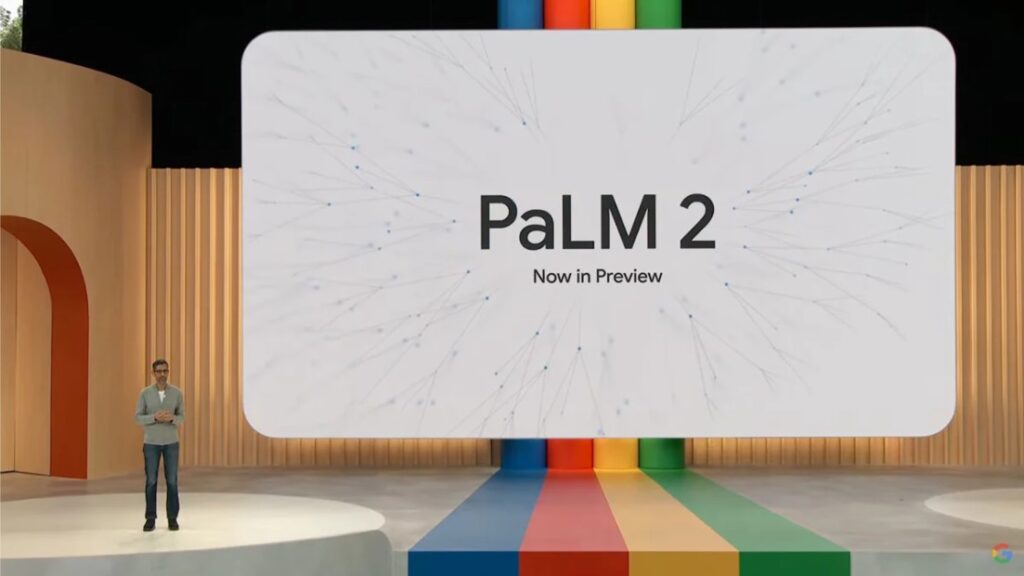
PaLM 2, Google’s most recent large language model (LLM), is reviewed by Frederic. As he puts it, “PaLM 2 will power Google’s updated Bard chat tool, the company’s competitor to OpenAI’s ChatGPT, and function as the foundation model for most of the new AI features the company is announcing today.” Additionally, PaLM 2 now offers enhanced assistance for creating and debugging code. Read more here. Kyle also delves deeper into PaLM 2 by examining the model more critically via the prism of a study that was written by Google.
Bard gets smarter
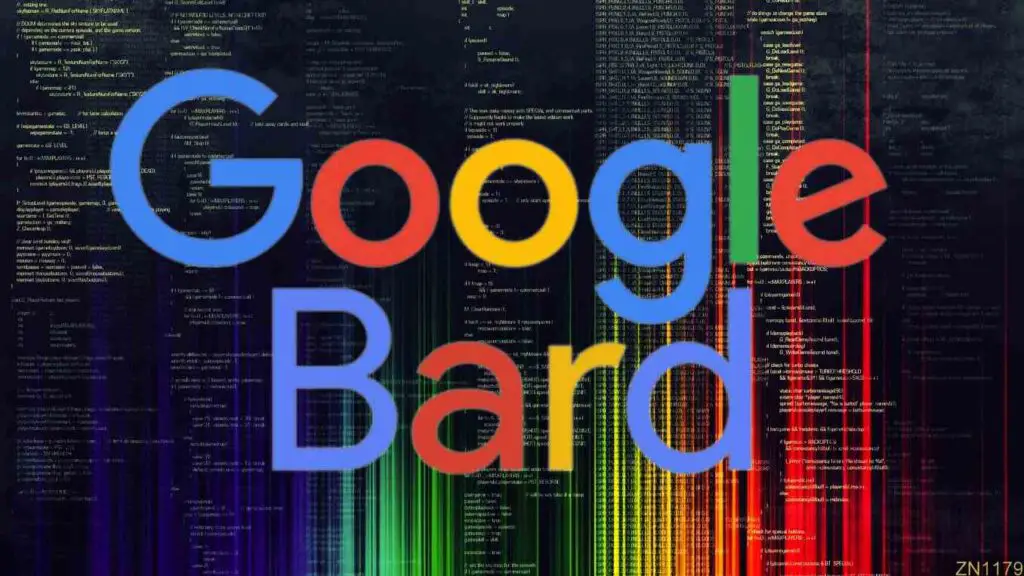
In addition to taking Bard off the waitlist and making it available in English in more than 180 countries and territories, Google is also introducing support for Japanese and Korean with the aim of adding support for 40 languages soon. The capacity of Bard to surface visuals in its answers is also novel. Discover more. Additionally, Google and Adobe are collaborating to provide Bard with certain creative creation tools. “Bard users will be able to create images using Firefly and then edit them using Express,” Kyle says. Users of Bard will get access to templates, fonts, stock photos, and other materials from the Express library.
Workspace
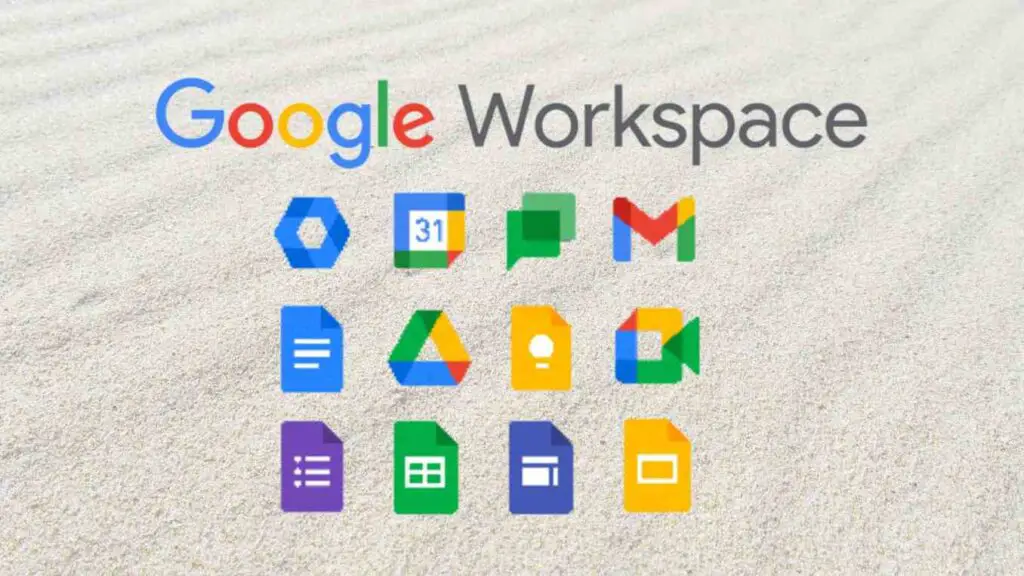
In order to make Google’s Workspace suite smarter, automated table production (but not formula generation) in Sheets and picture creation in Slides and Meet have both been included. The automated table is initially easier, but Frederic points out that there will be further developments in formula creation utilizing AI in the future. You may now write in the style of visualization you’re searching for, and the AI will generate it, using the new capabilities for Slides and Meet. This specifically refers to custom backdrops for Google Meet.
MusicLM
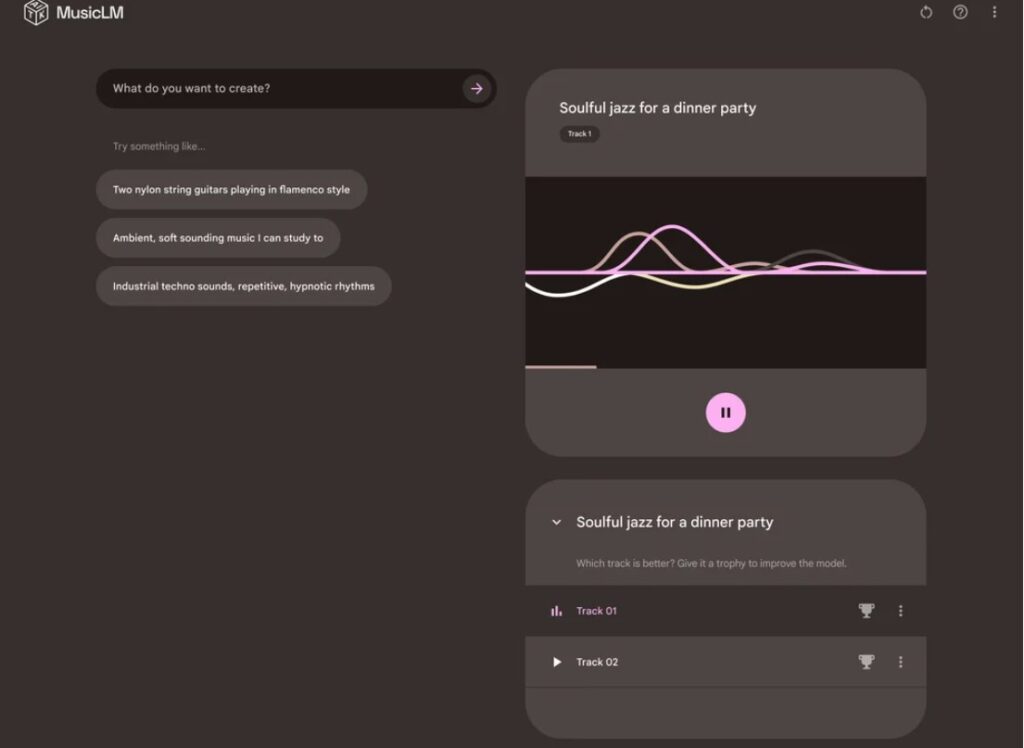
Google’s latest experimental AI technology, MusicLM, converts text into music. Kyle claims that you could, for instance, input “soulful jazz for a dinner party” into the programme and have it generate several different songs if you were having a gathering.
Search

Two new capabilities in Google Search help users grasp content and the context of the images they are viewing in search results. According to Sarah, this adds further details via the “About This Image” function and new markup in the file itself that enables the labeling of photographs as “AI-generated.” Both of these are extensions of ongoing research, but they aim to increase openness regarding whether an “image is credible or AI-generated,” even if they are not a panacea for the greater issue of AI image misrepresentation.
Aisha has additional information on Search, including the fact that Google is testing a conversational mode using AI. Users would see suggested next steps when completing a search and show an AI-powered snapshot of important facts to consider, with links to delve deeper, according to how she described the experience. When you touch on a recommended next action, Search switches to a new conversational mode so you may enquire further about the subject you’re researching. The context will carry over from one question to the next.
Another change was the addition of a new “Perspectives” filter, which will soon be shown at the top of certain Search results when, in Google’s words, they “would benefit from others’ experiences.” For instance, comments made on message boards, Q&A websites, and social networking sites, including those that support video. Consider how much simpler it would be to discover YouTube videos or Reddit links, Sarah says.
Sidekick
A new tool called Sidekick was just launched, and according to Darrell, it is intended to “help provide better prompts, potentially usurping the one thing people are supposed to be able to do in the whole generative AI loop.” A side panel in Google Docs will house the Sidekick panel, which is “constantly engaged in reading and processing your entire document as you write, providing contextual suggestions that specifically refer to what you’ve written.”
Codey
Codey, the name of Google’s new code creation and completion tool, is a good choice. It’s one of many AI-focused coding tools that Google is releasing today and serves as its response to GitHub’s Copilot, a chat platform for asking questions about coding. Codey has been particularly trained to respond to questions about coding and has also been taught to respond to questions about Google Cloud in general.
Google Cloud
A3 supercomputer virtual machine is a new player in town. Ron claims that “this A3 has been purpose-built to handle the considerable demands of these resource-hungry use cases,” noting that A3 is “armed with Nvidia’s H100 GPUs and combining that with a specialized data center to derive immense computational power with high throughput and low latency, all at what they suggest is a more reasonable price point than you would typically pay for such a package.”
Imagen in Vertex
A text-to-image model by the name of Imagen was among the new AI models Google revealed will be coming to Vertex AI, their fully managed AI service. According to Kyle, Imagen was given a peek through the Google AI Test Kitchen app in November. It has the ability to create, modify, and write captions for pictures as well.
Find My Device
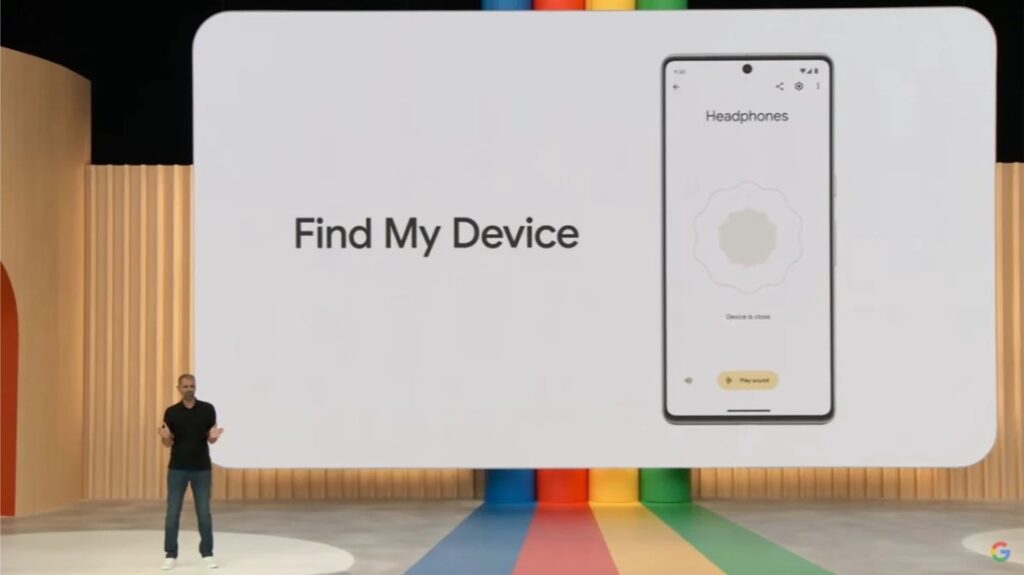
Google made a number of updates to its Find My Device network, including proactive alerts about unknown trackers traveling with you and support for Apple’s AirTag and other trackers, in response to Apple and Google collaborating on Bluetooth tracker safety measures and a new specification.
Some of the new capabilities will alert users if their phone detects an unidentified tracker traveling beside them and will incorporate Bluetooth connectivity. The purpose of the updates, according to Sarah, is to “increase safety and security for their own respective user bases by making these alerts work across platforms in the same way, meaning, for example, that the work Apple did to make AirTags safer in response to reports they were being used for stalking would also make its way to Android devices.”
Pixel 7a
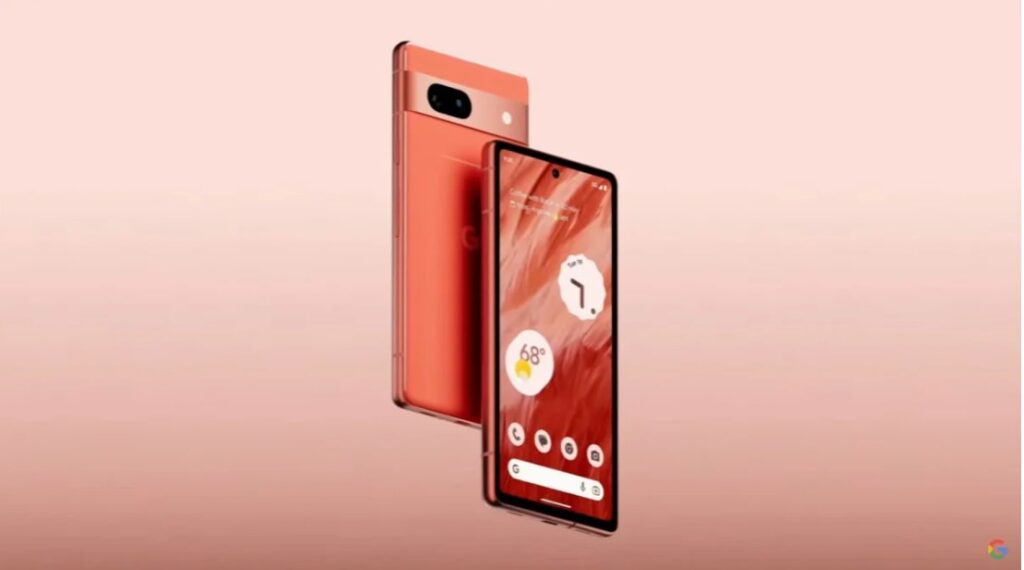
Google will start selling the Pixel 7a on May 11 for $100 cheaper than the Pixel 7 ($499). It sports a 6.1-inch screen similar to the Pixel 6a rather than the Pixel 7’s 6.4-inch screen. It also made its debut in India. It offers a little greater pixel density in terms of the camera, but Brian noted, “I really miss the flexibility and zoom of the 7 Pro, but I was able to grab some nice shots around my neighborhood with the 7a’s cameras.” Features like Face Unblur and Super Res Zoom are made possible by its new processor. Read More
Project Tailwind
Project Tailwind, which Google is developing, is an AI-powered notebook application with the goal of capturing a user’s free-form notes and automatically organizing and summarising them. The name seems more like an undercover government job.
The feature is accessible through Labs, Google’s newly updated center for unreleased goods. This is how it goes: Users choose documents from Google Drive, and Project Tailwind develops a private AI model with knowledge of that data, coupled with a tailored user interface to aid in sorting through the notes and documents.
Generative AI wallpapers
You need to make your new Pixel 7a attractive now that you have it in your possession! This autumn, Google will release generative AI wallpapers that let Android users respond to given prompts to define their vision. The function will create fresh, creative wallpapers using Google’s text-to-image diffusion models, and the color scheme of your Android device will sync up with the wallpaper you’ve chosen.
Wear OS 4
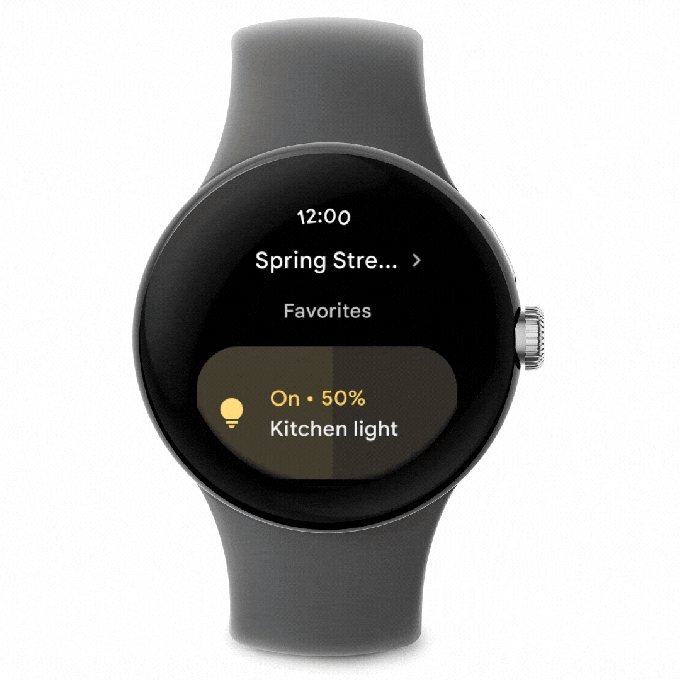
Google unveiled Wear OS 4, the newest iteration of its wearable operating system. You’ll notice enhanced functionality, battery longevity, and additional accessibility capabilities including text-to-speech. Additionally, new tools are available for developers to create fresh Wear OS watch faces and upload them to Google Play. Watch for the release of Wear OS 4 later this year. Keep reading. In addition, Google is releasing a number of entertaining new applications and features for smartwatches, including upgrades to its suite of services like Gmail, Calendar, and others as well as updated versions of WhatsApp, Peloton, and Spotify.
Universal Translator
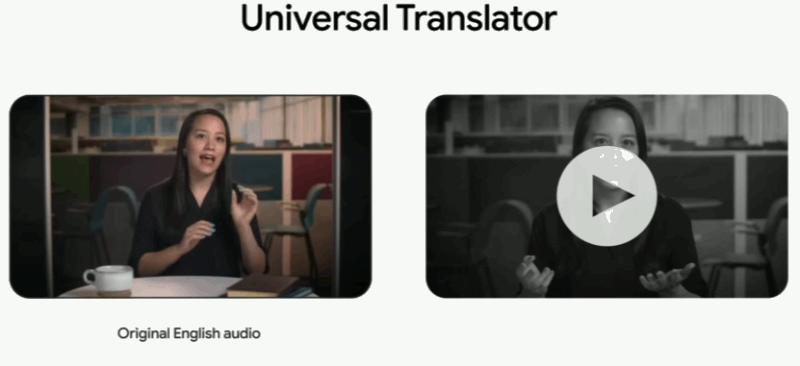
A sophisticated new translation technology that translates video into another language while also synchronizing the speaker’s lips with words they have never spoken was also shown by Google today. The device, dubbed “Universal Translator,” was displayed as “an example of something only recently made possible by advances in AI, but simultaneously presenting serious risks that have to be reckoned with from the start,” Devin writes.
This is how it goes: The “experimental” service takes an input video—in this case, a lecture from an online course originally recorded in English—transcribes the speech, translates it, regenerates the speech in the target language (matching style and tone), and then edits the video so that the speaker’s lips more closely match the new audio.
Pixel Tablet
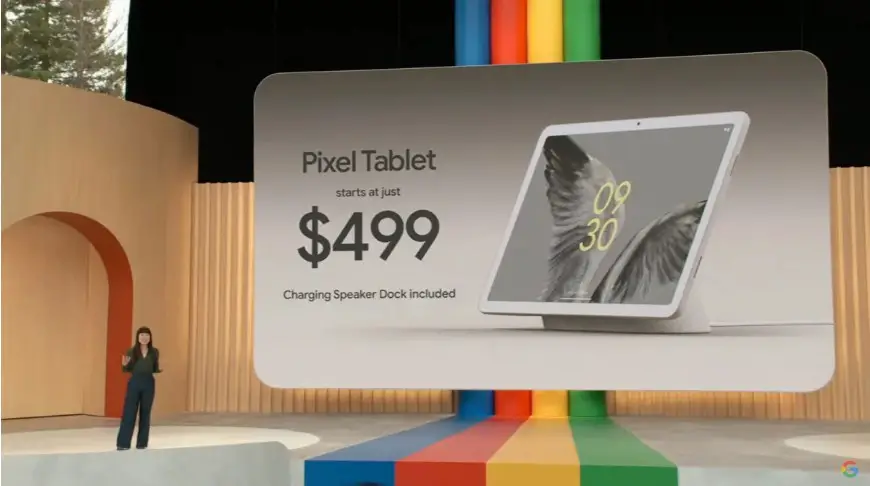
You anticipated its arrival, and we can now officially announce that the Pixel Tablet has here. Although Brian thought that the UI resembled a “giant Nest Home Hub,” he did appreciate the dock and the overall style. The Pixel Tablet is “not just a tablet — it’s a smart home controller/hub, a teleconferencing device, and a video streaming machine,” according to Brian, who also points out that tablets are often used at home. Although it won’t take the place of your television, watching YouTube is undoubtedly a good option.
Pixel Fold
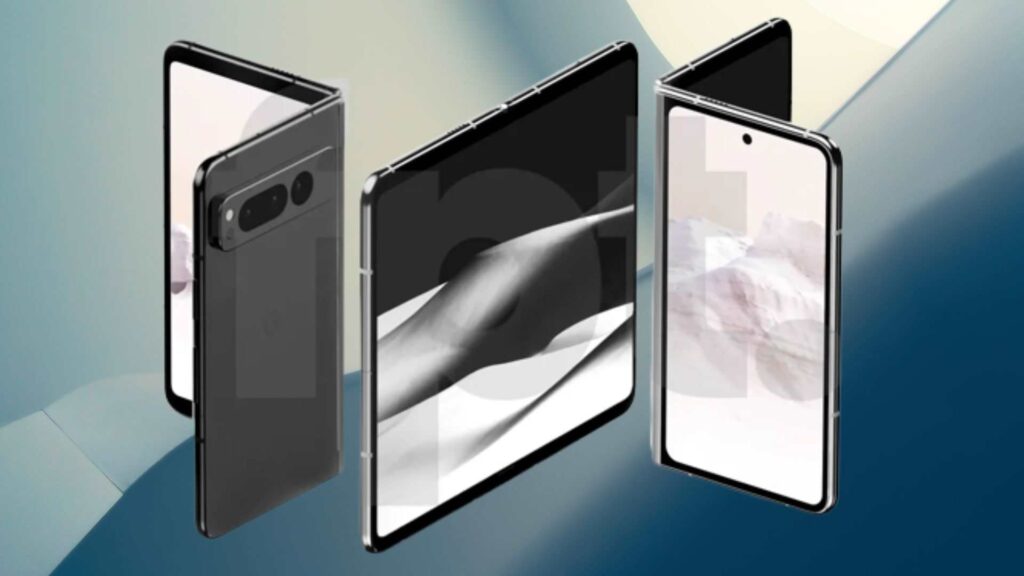
One of the significant announcements that have already occurred and were covered by Brian is that Google unveiled a foldable Pixel phone on May 4 (also known as “May the Fourth Be With You” Day). In a recent article, Brian delves further into the phone, on which Google, according to Brian, has been working for five years.
He adds that “the software is, obviously, the key secret ingredient in the Pixel Fold experience. You can start up where you left off when you change screen sizes thanks to the app’s smooth transition between the internal and exterior screens. Naturally, Google has made its most well-liked third-party programmes, including Gmail and YouTube, optimized for the experience on a huge screen.
Firebase
With the launch of AI extensions powered by Google’s PaLM API and the expansion of the Firebase extension marketplace, Google’s backend-as-a-service platform Firebase for application developers now has some new capabilities.
Google’s Play Store gets some AI love
Together, Sarah and Frederic wrote a study on innovative ways that app developers may utilize Google’s AI to create and optimize Android apps for the Play Store as well as a variety of additional tools to expand the audience for their apps through things like automatic translations and other marketing initiatives.
New features and updates include:
- Writing Play Store listings: According to Google’s PaLM 2 model, “all the developers have to do is fill out a few prompts (audience, key theme, etc.) and the system will generate a draught, which they can then edit to their heart’s content.”
- Summary of app reviews: However, as of right now, just have nice ratings and are only available in English.
- Store Listing Groups: Shop Listing Groups are made by customizing the base listing and overriding particular features, and they work in combination with the custom shop listings that Google introduced last year.
- Promotional Content: Play Store notifications, the For You section on the Apps and Games tabs of the Play Store app, within the Play Store search results, beneath the search results for a specific app by its title, and even on the Search screen itself, before you type in a query, above other recommendations, are just a few of the new places where in-app events are now included in the Play Store.
Developers also have new security features
Sarah reports that in addition to the Play Store receiving AI improvements, developers also have additional security and privacy capabilities to experiment with. Some of them include updates to the Play Console app’s beta version and the Play Store’s Data safety section.
In the meanwhile, developers can send out or automatically receive when their programme crashes notifications to update their apps to Play Store consumers.
Health Connect
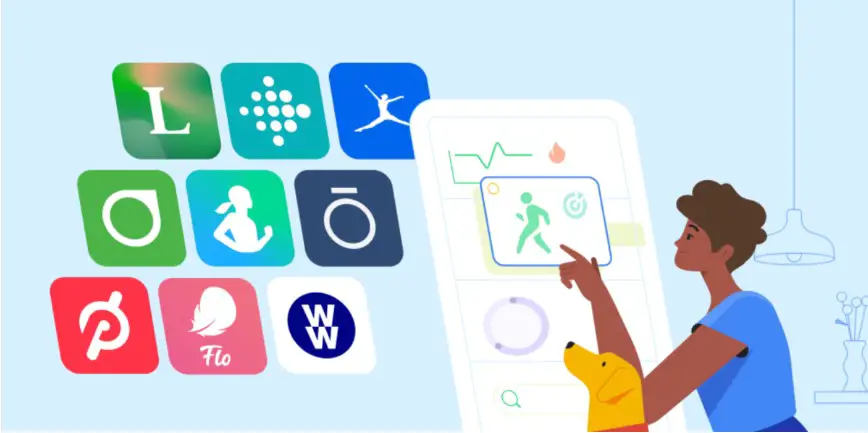
Despite being in beta at the moment, Google’s platform for collecting health data, Health Connect, will start to appear on Android and mobile devices with the release of Android 14 later this year, according to Aisha.
New fitness routes that let you share maps of where you run, a simpler method to monitor menstrual periods, and sharing controls are just a few of the entertaining innovations that are on the way. Additionally, MyFitnessPal and Health Connect are now integrated, enabling people with type 1 and type 2 diabetes to receive glucose information inside the MyFitnessPal app.
More developer tools
- With Android Studio Hedgehog, a new conversational experience to aid developers in writing code, fixing errors, and responding to more general coding concerns, Android Studio is receiving an AI injection.
- ML Hub is a brand-new one-stop shop for developers, whether they are just starting out in their AI careers or are seasoned pros, who want additional help on how to train and deploy their ML models. It includes a toolbox of typical use cases, which Google plans to continue to update and expand in the future.
- Additionally, new tools have been included for creating Wear OS watch faces.
- The number of published Flutter-based apps exceeds a million. Changes to the open-source, cross-platform application framework will make it simpler to incorporate Flutter components into already-existing web applications.
Project Starline
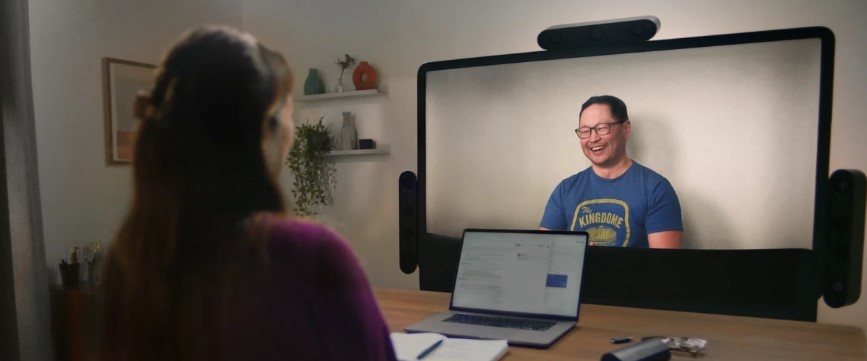
The most recent version of Project Starline’s 3D teleconferencing video booth was introduced by Google. The major advances, according to Brian, are using less hardware, such as fewer cameras, and more AI and ML to produce three-dimensional pictures.
Connected car experience
- Let’s get started as Rebecca and Kirsten collaborate to bring you all the automotive news from the conference today:
- A list of recent services and features for automobiles, such as video conferencing, gaming, and YouTube, is shown first. They claim that “the company has been making inroads into automotive via two paths: Google built-in, which is powered by its Android Automotive operating system and integrates Google services directly into the vehicle, and Android Auto, an app that runs on the user’s phone and wirelessly communicates with and projects navigation, parking, media, and messaging to the vehicle’s infotainment system. The open-source mobile operating system for Linux called Android is the inspiration behind Android Automotive OS. But Google tweaked it so manufacturers could use it in their automobiles, not only run it on phones and tablets.
- Updates to Android Auto with conferencing features from your favorite brands, like Cisco, Zoom, and Microsoft.
- Including YouTube in more automobiles, beginning with Polestar.

